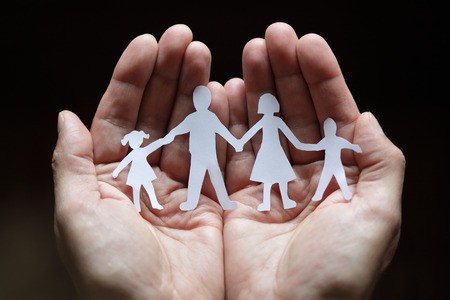Nathaniel Popper’s family had an ‘experiment’. And it was to trial the affects of paternity leave.
So, in 2012, when Popper’s son was born, he’d just started working for The New York Times. As a result of this, the only time he had off was a ‘saved up’ holiday week. However, when his second son was born, in 2017, the newspaper increased its new father assistance. Therefore, Popper received 10 paid weeks of leave.
Popper noticed the different impacts of the limited leave that he had for his first child, and extended leave he enjoyed with the arrival of his second. He noticed a disparity in the way he connected with his second son, which Popper believes is due to the extra time. He describes the way that his second son consistently calls out for him in the night, whilst his first child hardly ever did.
He also describes the ‘intangible sense of ease’ that he feels when he is with his second child, something that has only recently developed with his first child.
Popper continues to describe how research is increasingly showing that paternity leave has a broader affect than is known.
What is ‘parental leave’ in California?
-parental leave is also referred to as ‘bonding leave’
-‘parental leave’ is time that parents take off to bond with their new child
-and for Californian women, ‘maternity leave’ is a mix of ‘parental leave’ and ‘pregnancy disability leave’
-what’s more; for Californian men, ‘paternity leave’ is equal to ‘parental leave’
Source: https://www.nolo.com/legal-encyclopedia/maternity-and-paternity-leave-in-california.html
Furthermore; if you need assistance with family law related matters, look at the services available at www.vincentmillerlaw.com.

